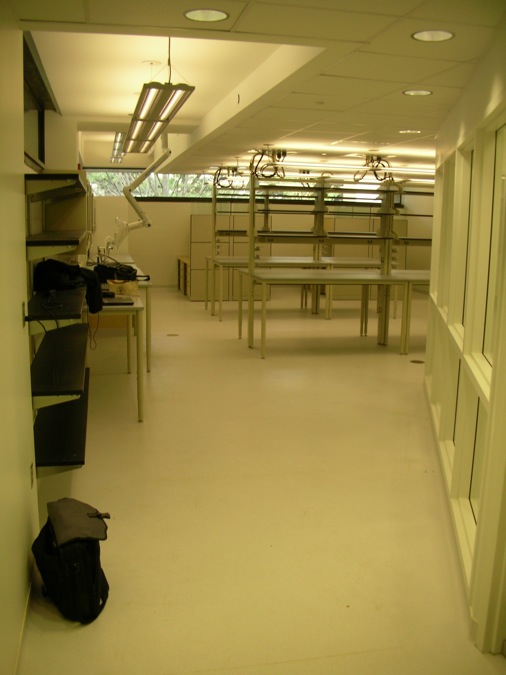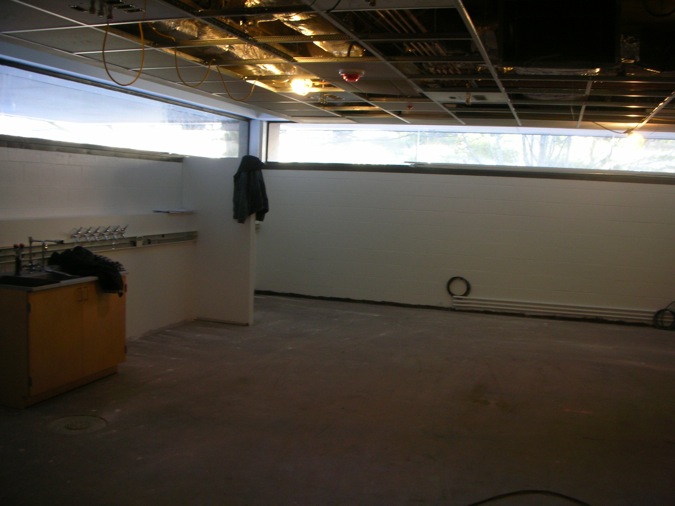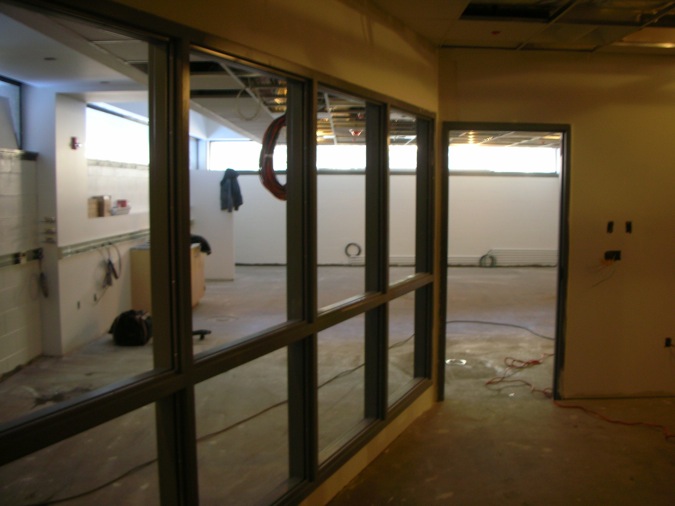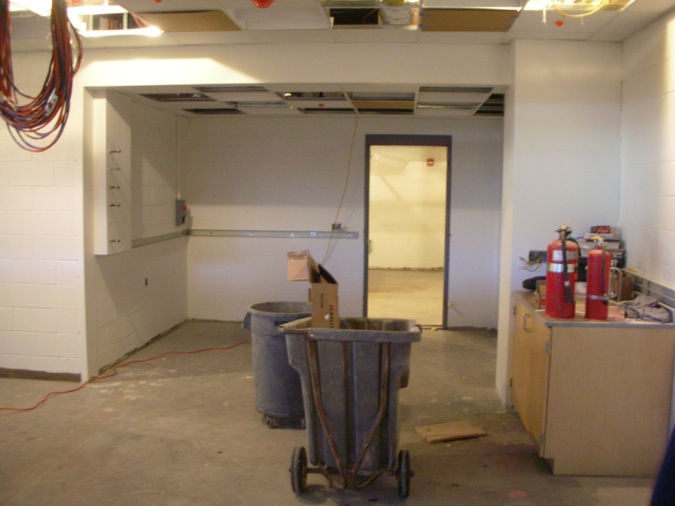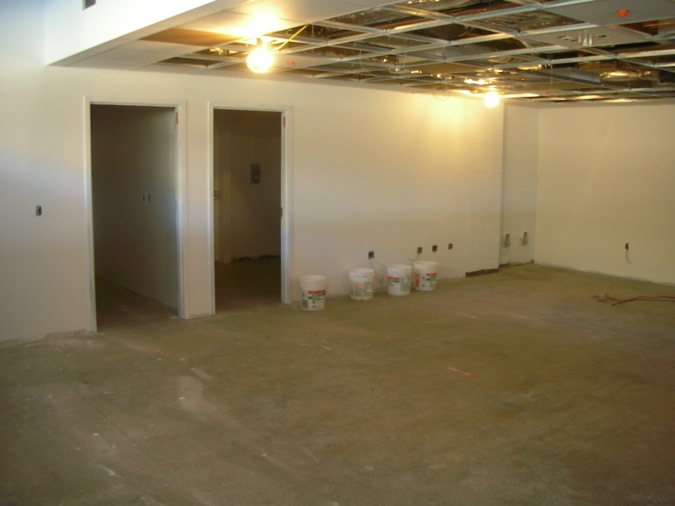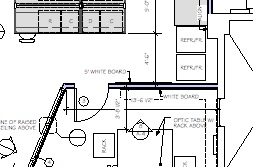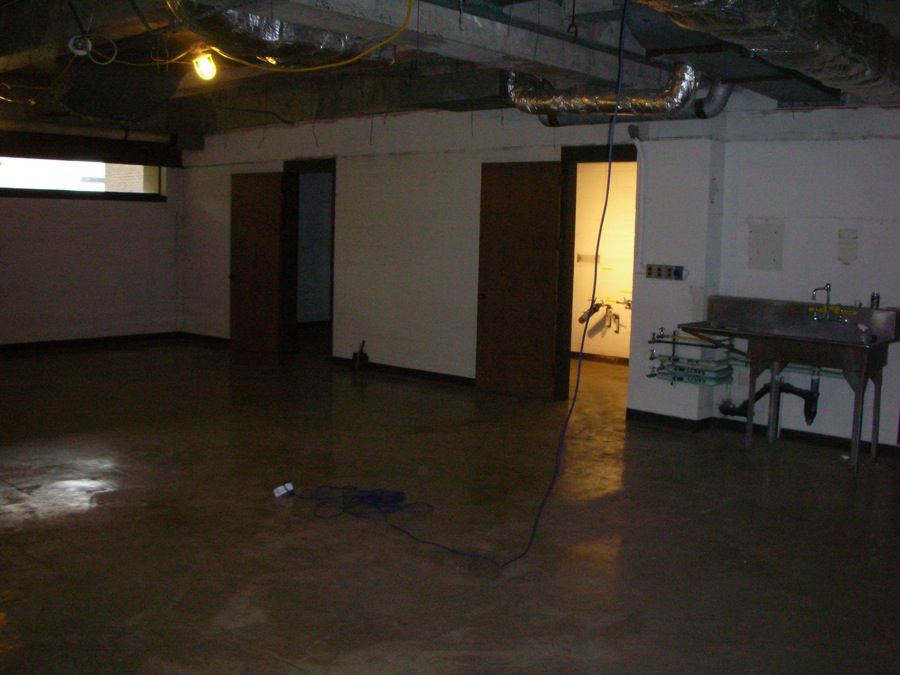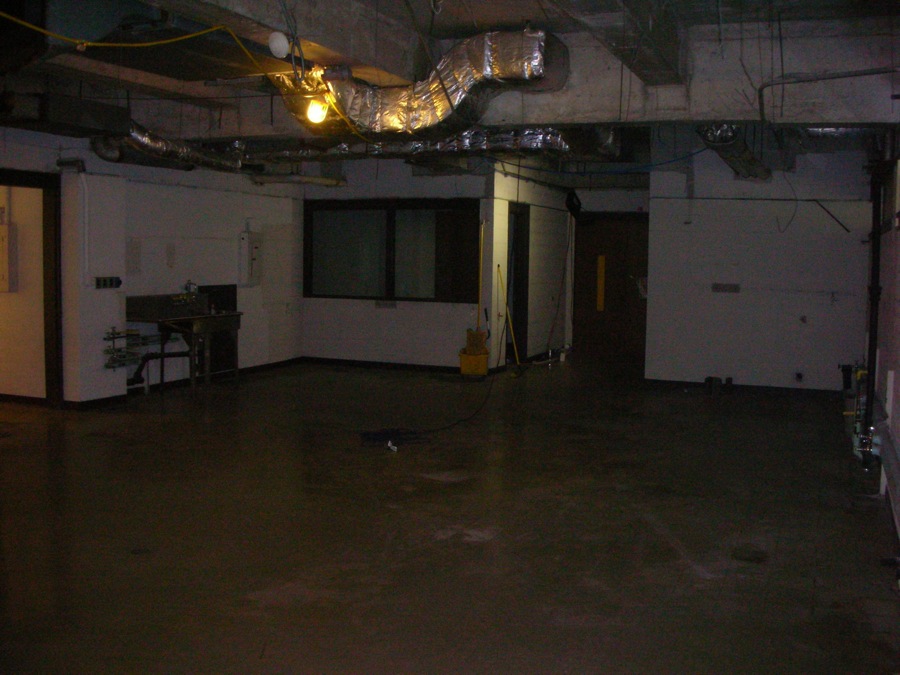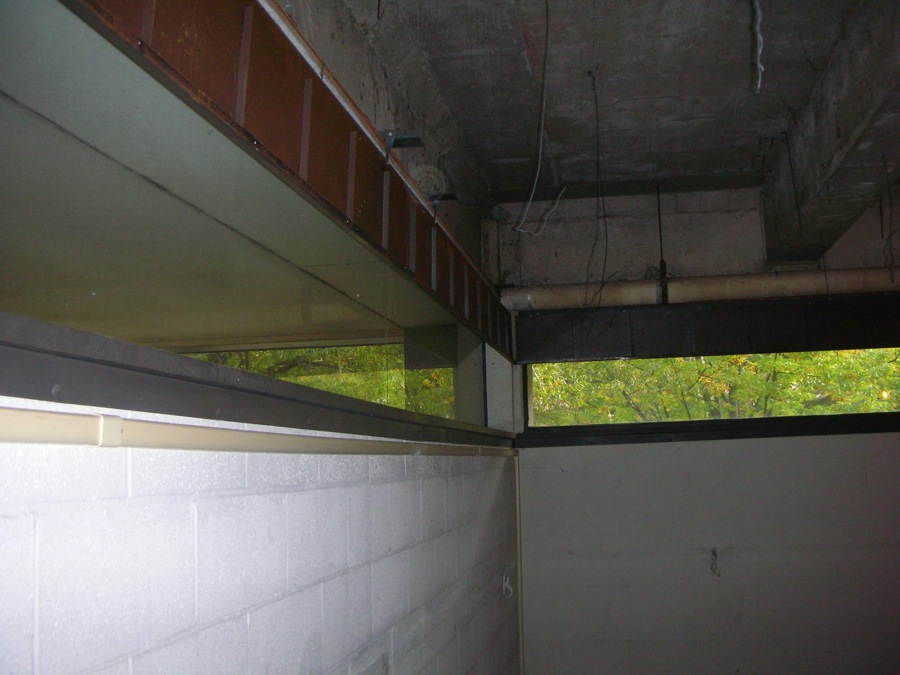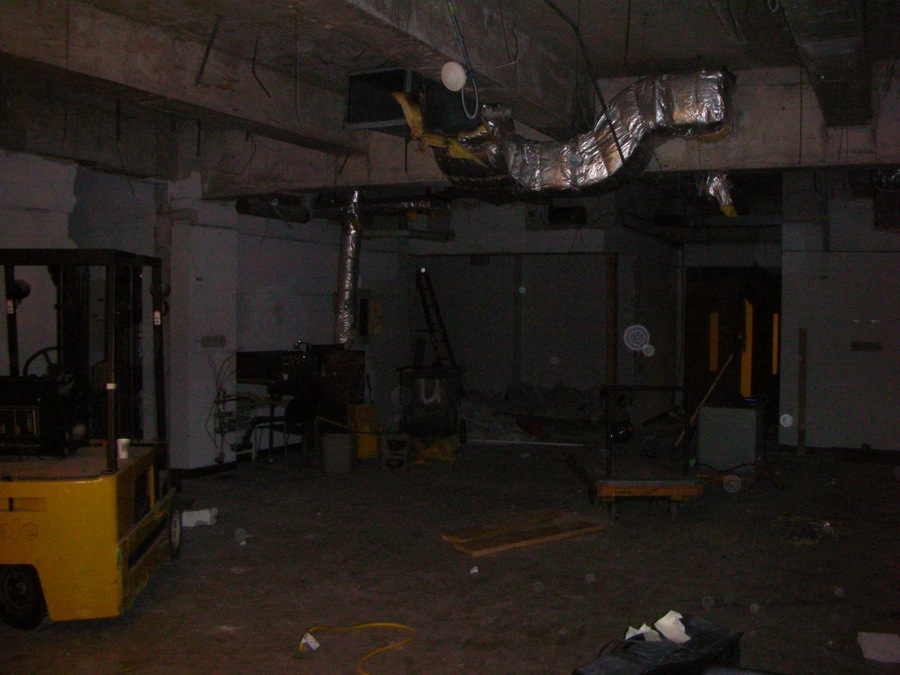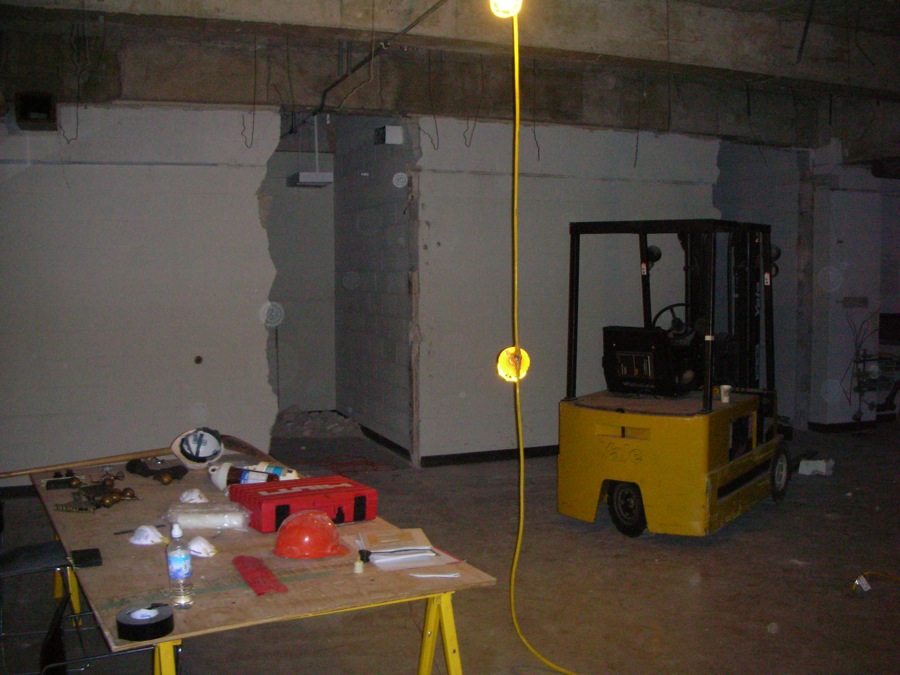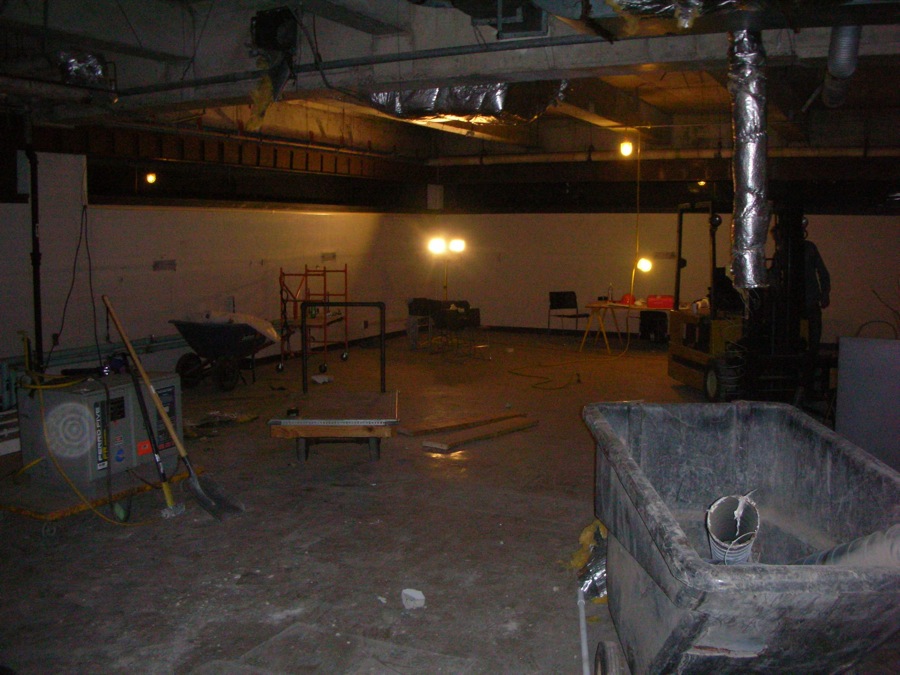Positions available for postdocs
We are currently looking for postdoctoral candidates interested in the following three general themes:
1. At the level of a genetic network, extract global properties and design principles from expression level measurements and analysis.
2. At the molecular level, develop mathematical models underlying the fundamental mechanisms of transcriptional regulation and test these using single molecule and live measurements of the transcriptional output.
3. At the level of the dynamics of the DNA polymer, link the nuclear architecture with actual transcriptional activity in terms of multiple enhancers recruiting the same promoter in a given cell.
Experimental and theoretical physicists (preferentially with experience in biological and/or soft-matter physics), engineers and materials scientists with experience in biology, and biologists interested and experienced in quantitative approaches are strongly encouraged to apply. Outstanding applicants in other fields (mathematics, computer science, chemistry, etc.) may also be considered. Experience with microscopy and image analysis is a plus.
Applicants should email me their CV and a brief description of research interests, as well as their motivation to join the lab.

